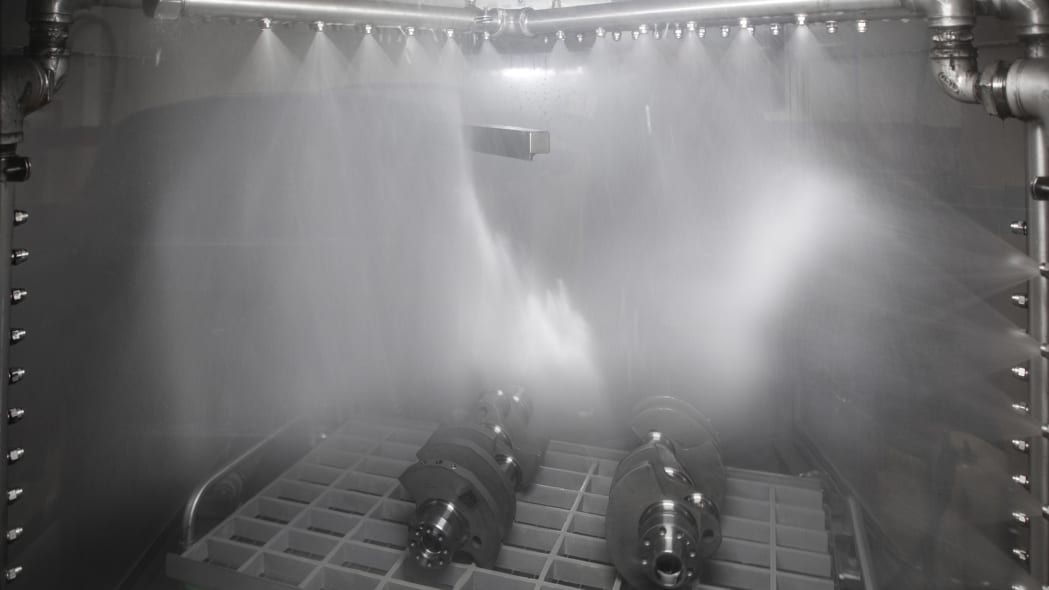I don't think this is quite correct. Split pins are often used in 90° V6s to get even firing (i.e. Buick 3800). Common pins can be used in 90° V6s but it results in uneven power pulses.
60° V6s cannot use common pins but the offset is great enough that a split pin is not enough and a "flying arm" must be used.
You are correct. I thought about that after I posted: Old odd-fire and even-fire Buick V6s.
Ferrari, McLaren, and Aston Martin are all introducing 120-degree V6s to their lineup. From what I've read (couldn't find photos), Ferrari and McLaren both use a common journal for each opposing cylinder. Interestingly, based on a photo I've seen of the Aston Martin, even being a 120-degree V6, it uses a split journal. I guess this would make it more like a 180-degree V6 (not a typo, Doug Demuro explains why the "flat"-12 in the Testarossa was really a 180-degree V12: https://www.autotrader.com/car-news/yes-ferrari-testarossa-used-v12-264993).
Maserati is also introducing a new V6 but it is not a 120-degree V, it is a 90-degree V. Based on photos, it uses common journals:

So here we area, a decades after automakers chopped two cylinders off a V8 to make an odd-fire V6, then split the crank journals for less NVH to make the even-fire V6, Maserati goes back to making an odd-fire 90-degree V6.
